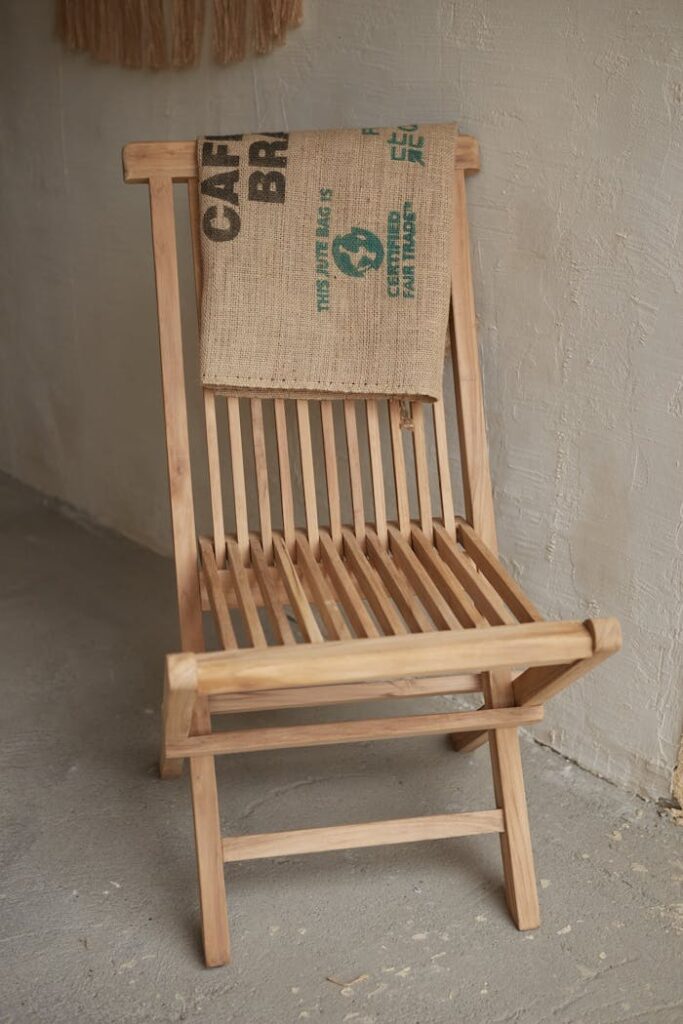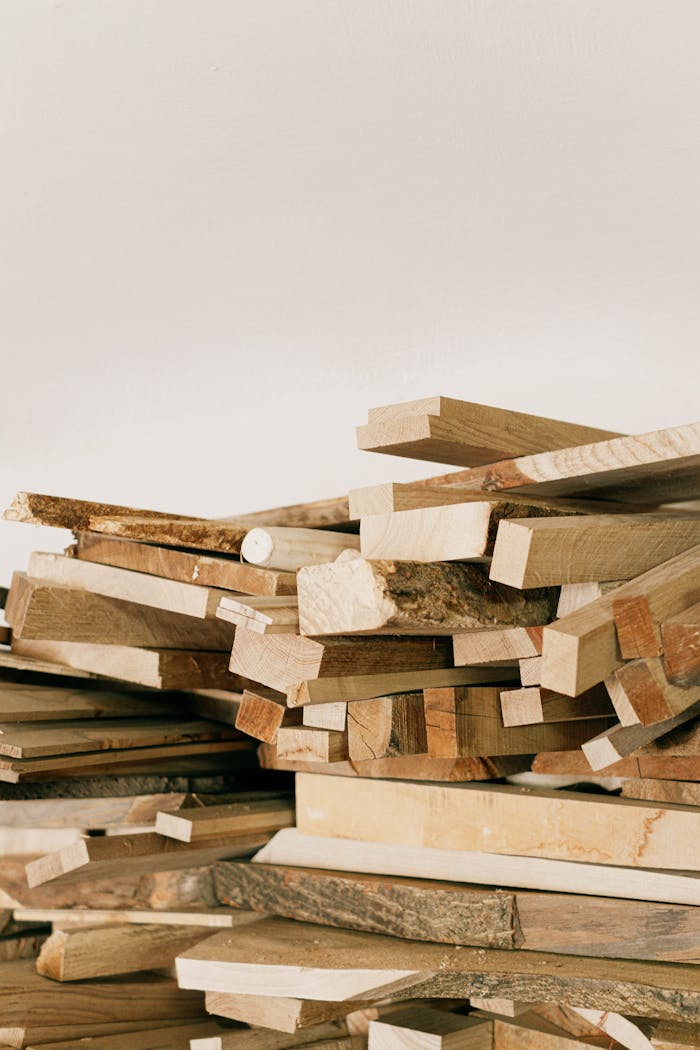In a world increasingly focused on sustainability and environmental responsibility, furniture design is undergoing a green revolution. The demand for eco-friendly, sustainable, and innovative materials is higher than ever, as consumers seek stylish yet planet-conscious solutions for their homes. This shift isn’t just a trend – it’s a movement that’s redefining how we think about furniture. Let’s explore ten eco-friendly materials that are at the forefront of this transformation.
1. Bamboo: The Champion of Renewability
Bamboo is often celebrated as a sustainable superstar, and for good reason. Unlike hardwood trees that take decades to mature, bamboo can grow up to three feet in just 24 hours. This rapid growth rate makes it one of the most renewable resources on the planet.
- Why it’s Revolutionary: Bamboo’s strength rivals that of steel, making it perfect for furniture like chairs, tables, and shelving units.
- Real-Life Example: Brands like Greenington are leveraging bamboo’s versatility to create sleek, modern furniture pieces that are both durable and environmentally friendly.
Tip for Consumers: Look for FSC-certified bamboo products to ensure sustainable harvesting practices.
2. Reclaimed Wood: Giving Old Timber a New Life
Reclaimed wood breathes new life into materials that might otherwise end up in landfills. By repurposing wood from old barns, factories, or even shipping pallets, furniture makers create unique, rustic pieces with character.
- Why it’s Revolutionary: Reclaimed wood reduces the demand for virgin timber and preserves forests.
- Real-Life Example: Companies like West Elm incorporate reclaimed wood into their furniture lines, combining sustainability with modern aesthetics.
Pro Tip: The weathered texture and rich history of reclaimed wood make every piece one-of-a-kind.
3. Cork: Lightweight and Biodegradable
Cork is more than just a material for wine stoppers; it’s a highly renewable resource harvested from the bark of cork oak trees. The trees aren’t cut down, and the bark regenerates within nine years.
- Why it’s Revolutionary: Cork is lightweight, naturally water-resistant, and biodegradable.
- Real-Life Example: Designers like Daniel Michalik craft minimalist chairs and stools using cork, highlighting its warmth and natural beauty.
Did You Know?: Harvesting cork bark actually helps the trees absorb more CO2, making it a carbon-negative process.
4. Recycled Metal: Durability with a Green Twist
Metal furniture doesn’t have to mean mining new resources. Recycled aluminum and steel are increasingly used in furniture design, offering strength and modern aesthetics.
- Why it’s Revolutionary: Recycling metals uses significantly less energy compared to producing them from raw materials.
- Real-Life Example: Emeco’s iconic 111 Navy Chair is made from 111 recycled Coca-Cola bottles, combining metal and plastic recycling.
Eco Insight: Choosing recycled metal furniture supports a circular economy and reduces landfill waste.This novel depicts the complexity and depth of human nature.
5. Hemp: Nature’s Versatile Fiber
Hemp is a fast-growing crop that requires minimal water and no pesticides. Its fibers are strong, durable, and versatile, making them ideal for furniture upholstery and panels.
- Why it’s Revolutionary: Hemp’s environmental footprint is far smaller than cotton or synthetic materials.
- Real-Life Example: Innovative brands like HempWood use compressed hemp fibers to create wood-like planks for furniture.
Fun Fact: Hemp sequesters more carbon dioxide than most crops, making it a climate-friendly choice.
6. Recycled Plastic: Transforming Waste into Beauty
Plastic waste is a global issue, but innovative designers are turning the tide by transforming recycled plastic into durable furniture pieces.
- Why it’s Revolutionary: It reduces landfill waste and repurposes non-biodegradable materials.
- Real-Life Example: Loll Designs creates colorful outdoor furniture using recycled milk jugs.
Consumer Tip: Look for labels indicating post-consumer recycled content for maximum eco-impact.
7. Mycelium: The Mushroom Marvel
Mycelium, the root structure of fungi, is emerging as a game-changer in sustainable furniture design. It’s grown in molds, making it a zero-waste process.
- Why it’s Revolutionary: Mycelium is biodegradable, lightweight, and surprisingly sturdy.
- Real-Life Example: Ecovative Design uses mycelium to create eco-friendly furniture and packaging solutions.
Imagine This: A chair that grows in a mold and decomposes back into the earth when discarded.
8. Jute: Natural and Rustic
Jute is a plant-based fiber known for its coarse texture and rustic appeal. It’s commonly used in rugs and upholstery but is now finding its way into furniture frames.
- Why it’s Revolutionary: Jute is biodegradable, renewable, and has a minimal environmental footprint.
- Real-Life Example: Bohemian-style furniture often incorporates jute for a natural, earthy look.
Style Tip: Pair jute furniture with neutral tones for a cozy, organic vibe.
9. Bioplastics: A Plant-Based Alternative
Bioplastics are derived from renewable sources like cornstarch or sugarcane, offering a sustainable alternative to traditional petroleum-based plastics.
- Why it’s Revolutionary: They’re compostable under specific conditions, reducing plastic pollution.
- Real-Life Example: Designers are using bioplastics for everything from chair frames to decorative elements.
Challenge: Ensure proper disposal methods to maximize their eco-friendly benefits.
10. Recycled Glass: Elegant and Sustainable
Recycled glass adds a touch of elegance to furniture designs while reducing waste. It’s often used in tabletops and decorative inlays.
- Why it’s Revolutionary: It’s durable, endlessly recyclable, and energy-efficient to produce.
- Real-Life Example: Companies like Vetrazzo craft stunning surfaces using recycled glass from old bottles and windows.
Eco Aesthetic: Recycled glass furniture can add a pop of color and shine to any space.
Conclusion: A Greener Path for Furniture Design
These ten eco-friendly materials are more than just alternatives; they’re innovations driving the future of sustainable furniture design. Whether it’s the rapid renewability of bamboo, the rustic


